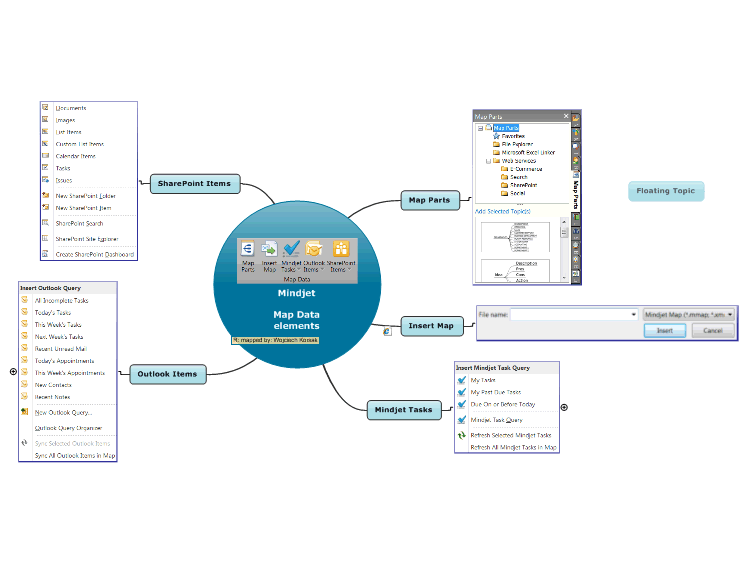

Typically, a mind map will start from a central topic, and from this will spread out various related topics. The lines can additionally be labelled in order to add further description to the relationship. Rather than having to use several sentences of text to describe the relationship between a set of ideas, you can simply place each idea on the page and draw lines between them. In creating this network or web of relationships, you can communicate the structure of information in a way that is compact and easy to understand. Mind maps have been used in many different forms for many centuries, but have lately been popularized by the British psychologist and educationalist Tony Buzan.Ī mind map allows you to create a web of relationships between words, ideas and tasks. In reality, one piece of information is related to multiple other pieces of information to form a web of relationships, associations and dependencies.Ī mind map is a simplified form of a diagram known as a Semantic Network. The bottom line here is that information cannot be represented entirely sequentially or hierarchically. The list might look neat and tidy, but you will not have an accurate representation of the inter-relationships between all the different facts. Anyone who’s ever had to try and make sense of a large quantity of information will know that as soon as you try to force that information into some sort of list or sequence, you often loose more than you gain.


 0 kommentar(er)
0 kommentar(er)
